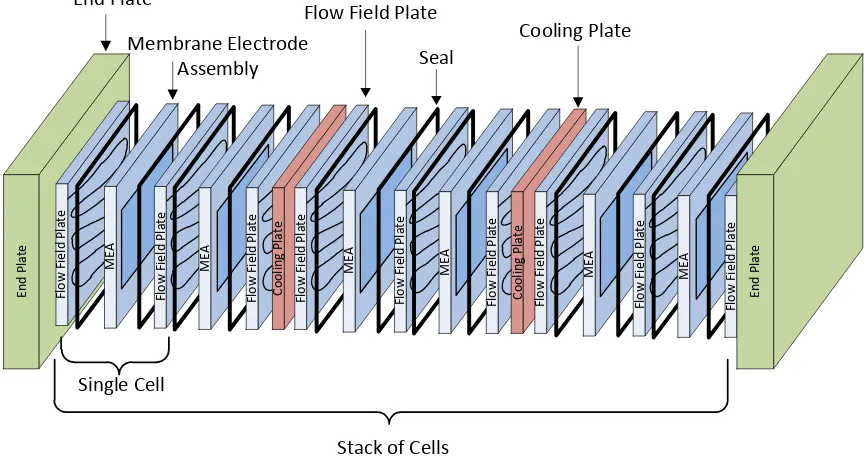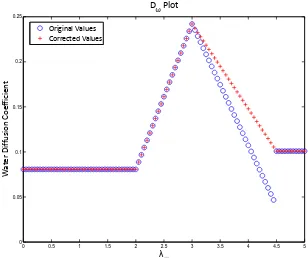Prognostic Health Assessment of an Automotive Proton Exchange Membrane Fuel Cell System
Full text
Figure




Outline
Related documents
G., “Experimental investigation of two-phase flow pressure drop transients in polymer electrolyte membrane fuel cell reactant channels and their impact on the cell performance,”
Here emphasis on the thinner membrane, thinner gas diffusion layer and thinner catalyst layer that means if they are scaling Determination of irreversible losses of a
Recovery was possible but some CO remains on the anode resulted in a higher voltage drop rate compared to CO-free cell.. Abdollahzadeh
The Proton Exchange Membrane Fuel Cell (PEMFC) is a promising power source of the future because of its high power density, high efficiency, lack of harmful emissions, high
Several types of electrolyte membrane, such as poly [2,2’-(m-phenylene)-5,5’-bibenzimidazole (PBI or m PBI), poly(2,5-benzimidazole) (ABPBI) and their derivatives [3]; several
The structure of the membrane will be characterized using Scanning Electron Membrane (SEM) and Fourier Transformed Infra Red (FTIR), the mechanical properties
Feature of this mathematical model is integration of all possible dynamic equations like dynamics of the charge equations, dynamics of the molar flow of
How it was expected, at higher stoychiometries the mass transport losses (at high current densities) are lower. This is due to the lower oxygen concentration in the

![Figure 2.1: System Block Diagram (Recreated from [9])](https://thumb-us.123doks.com/thumbv2/123dok_us/108676.10092/48.612.119.500.235.474/figure-system-block-diagram-recreated-from.webp)



